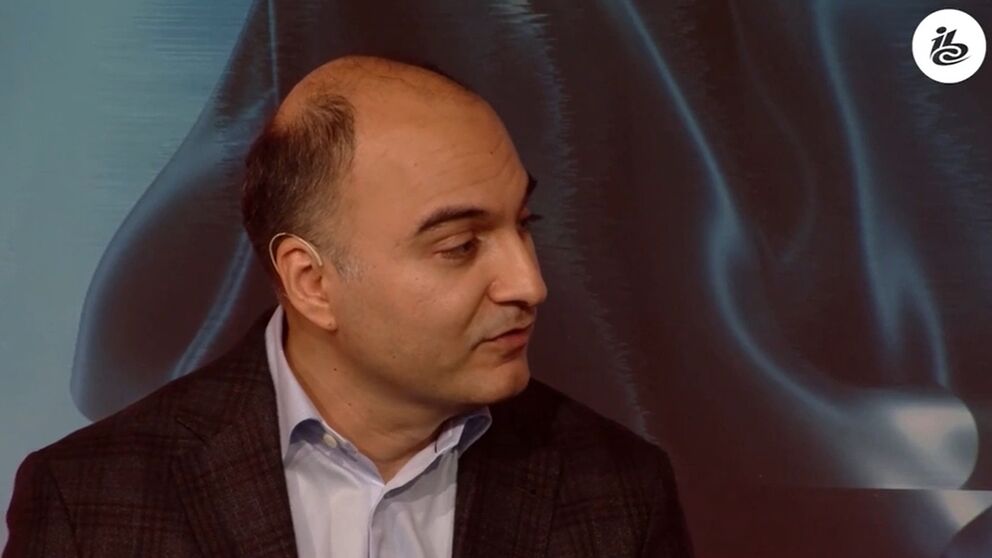A recent webinar from IBC365 explored the collision between gaming, esports and television, and how advances in connected TV, streaming and VR pave the way for new forms of media consumption. Pay TV operators and broadcasters are increasingly wondering how gaming and esports might work within their existing businesses. Below, Content Everywhere exhibitors discuss how they are helping providers to meet the challenges, including ensuring low latency, managing high traffic loads, maintaining server stability, preventing cheating and cyber-attacks, and delivering a seamless and immersive user experience.
Growing business
Thomas Bostrøm Jørgensen, CEO of Appear, cites figures from Statista that predict there will be over 285 million frequent viewers of esports worldwide by the end of 2024, as well as some 291.6 million occasional viewers.

“Esports broadcasting walks a tightrope between three main challenges: keeping up with a booming industry, ensuring a flawless experience with zero lag, and doing it all without breaking the bank,” he says. “Esports broadcasters must handle a growing web of camera feeds and intricate productions. Even the smallest delays can disrupt gameplay and shatter the viewing experience. Profitability in this competitive space hinges on highly efficient and cost-effective solutions.”
Rick Young, SVP, head of global products at LTN, says that the competitive gaming industry is on an upward trajectory, and its long-term growth potential shows no signs of slowing.
“As companies launch new gaming offerings, they face new challenges and opportunities. For broadcasters, this provides the framework to offer seamless live esports experiences capitalising on low latency and ultra-high quality, while generating new revenue streams,” Young says. “These feeds will give media companies a digital-first medium that prioritises technological advancement and agility, pivoting with the demands of game creators, audiences, and players.”...
You are not signed in
Only registered users can read the rest of this article.

M&E predictions and analysis: “It's going to be an exciting decade”
Four top media analysts reveal their data-backed assessments of 2025, as well as their predictions for 2026 and beyond.

IBC Accelerators in review: From ideas to prototypes to blueprints for the future
IBC2025’s Accelerator cohort delivered some of the most ambitious demonstrations yet, featuring AI-driven production workflows, a radical rethinking of ultra-low latency streaming, and even live private 5G networks flying in an ultralight aircraft. IBC365 hears from a handful of projects to learn about life after the show.

Particle advice: How real is the Quantum apocalypse?
While Google forges ahead with unlocking the potential of its Willow quantum computing chip, cybersecurity experts warn that further breakthroughs in the field could catch a digital ecosystem built on crypto security off guard. Adrian Pennington reports.

Content Everywhere: A look back at 2025
As the year draws to a close, it seems an opportune time to ask Content Everywhere companies for their views on the top trends in 2025. As always, key industry players have been keen to respond with comments and views on how the past year shaped up both for them and the wider industry.
Broadcast AV design brings Blockchain show to life
Tasked with running two simultaneous live broadcasts from the Blockchain Life trade show in Dubai, Oasis Studio looked to create a flexible, redundant production workflow, offering a timely showcase of broadcast AV systems in action.



.jpg)

